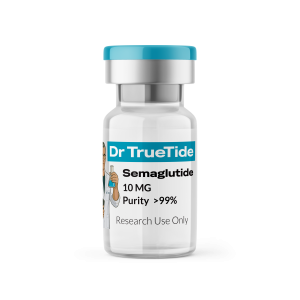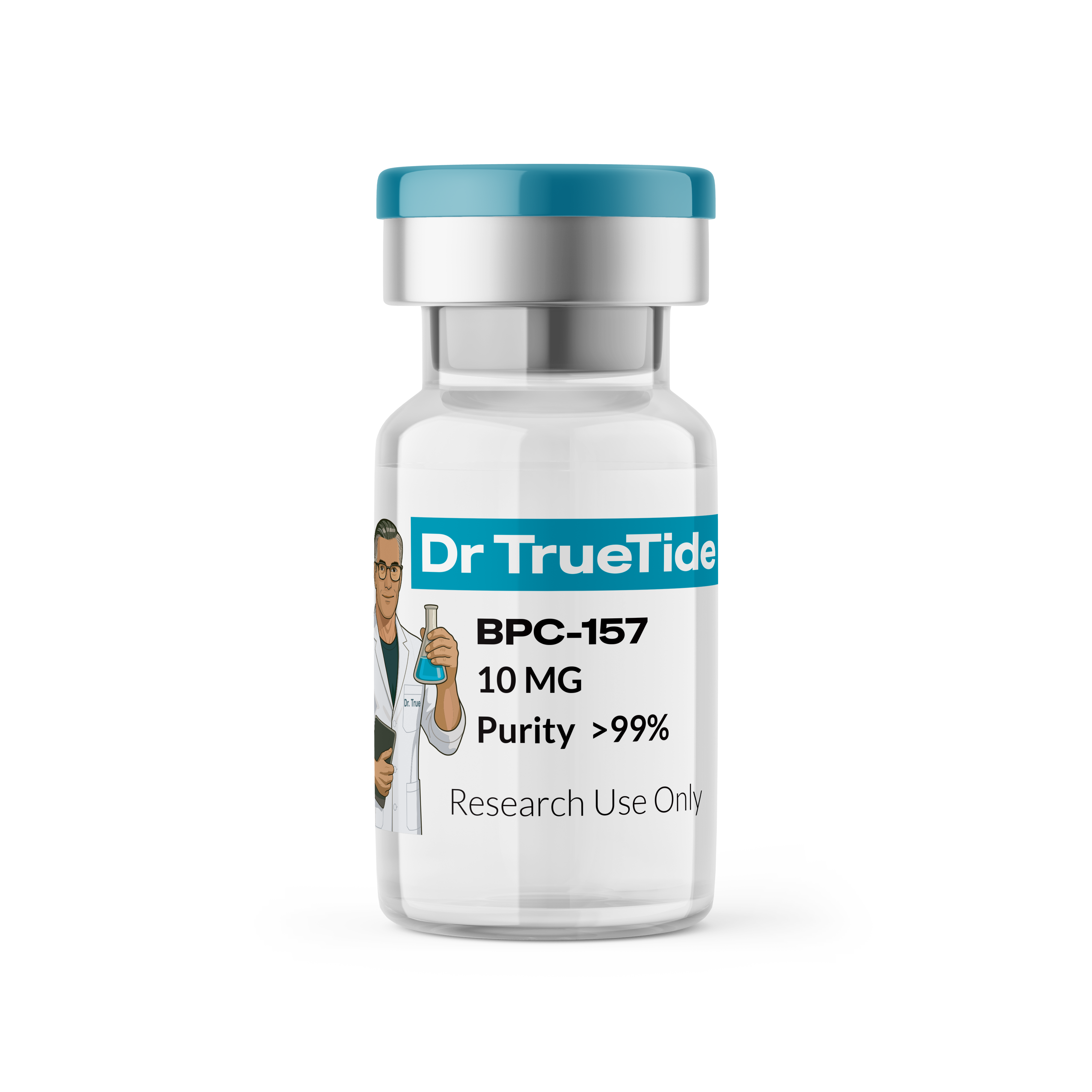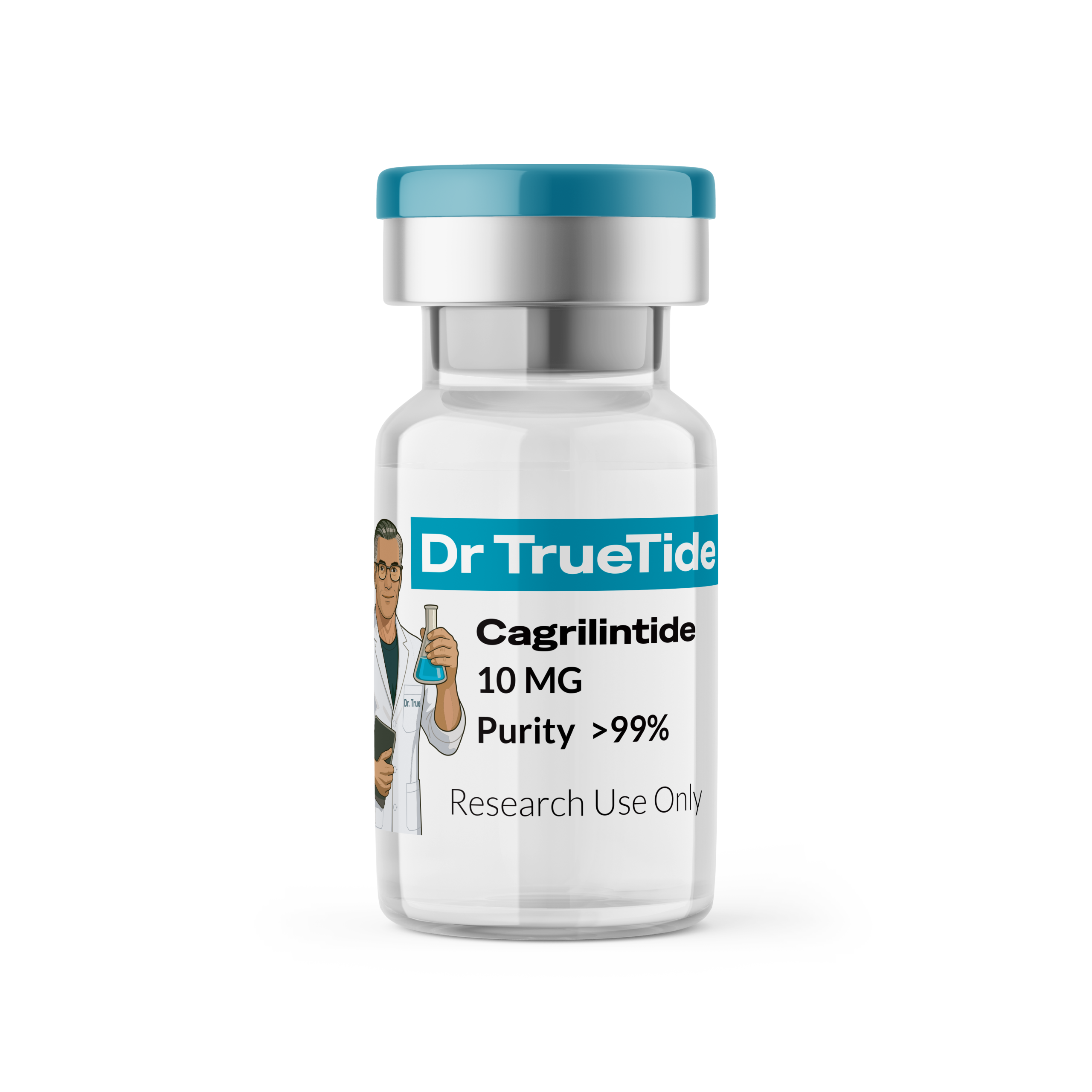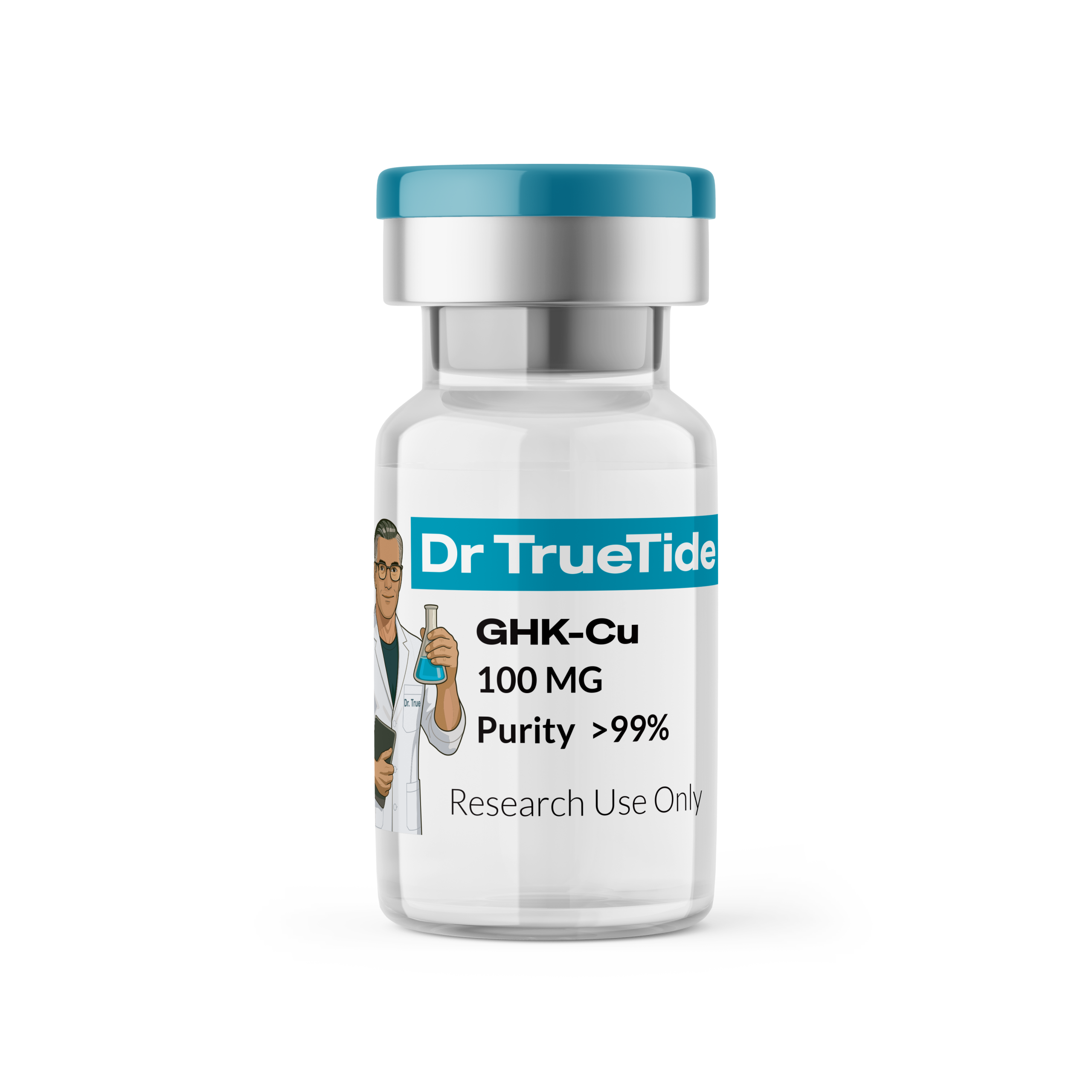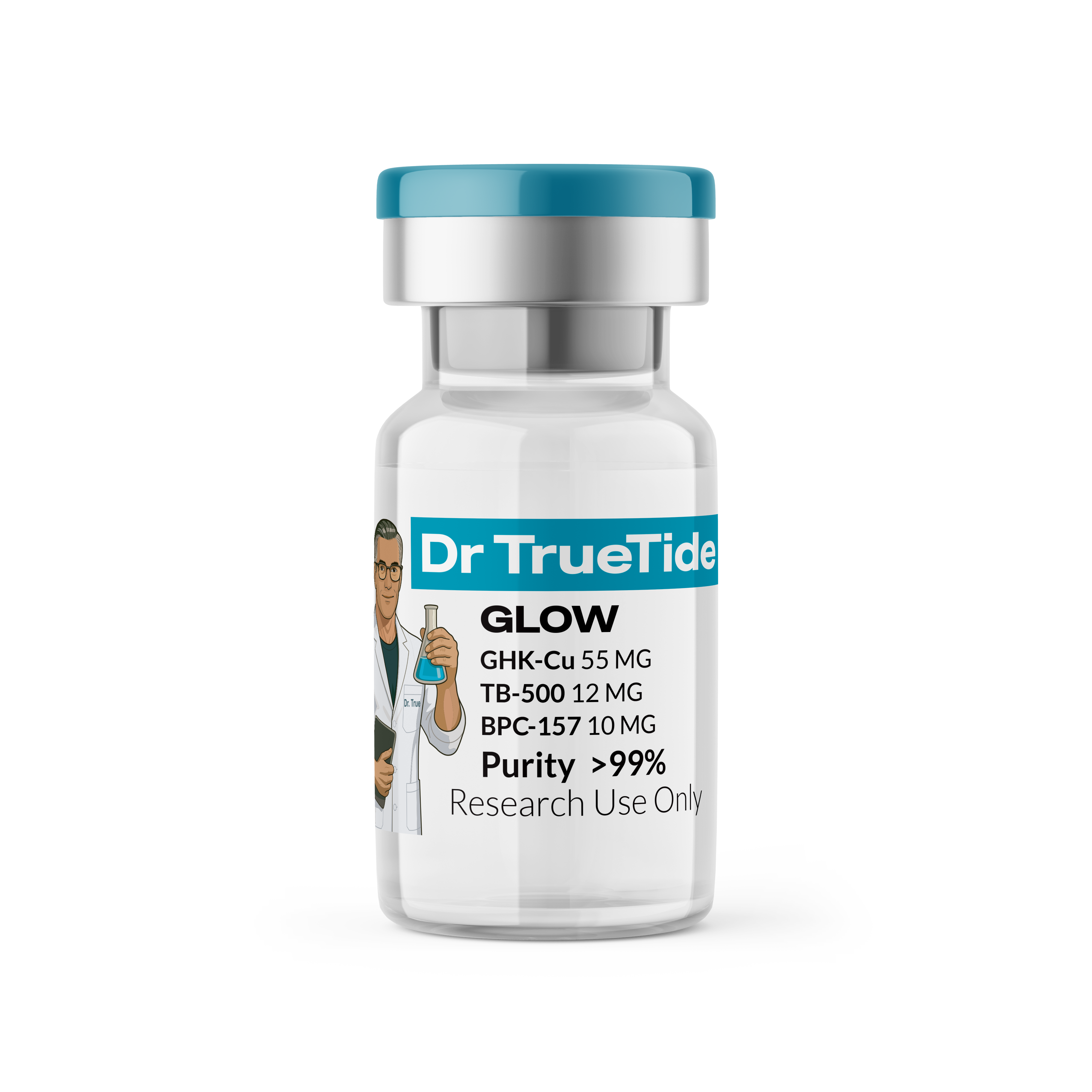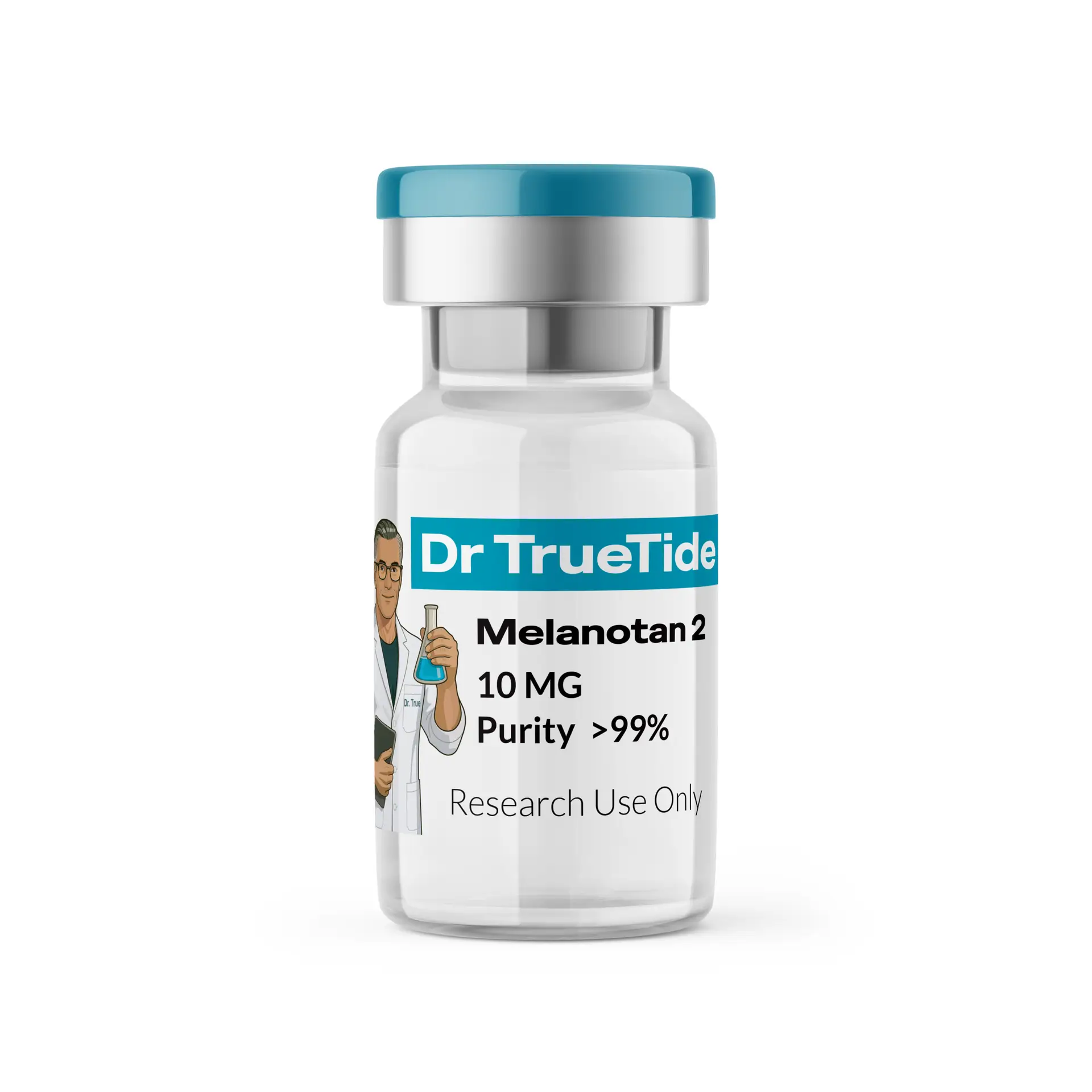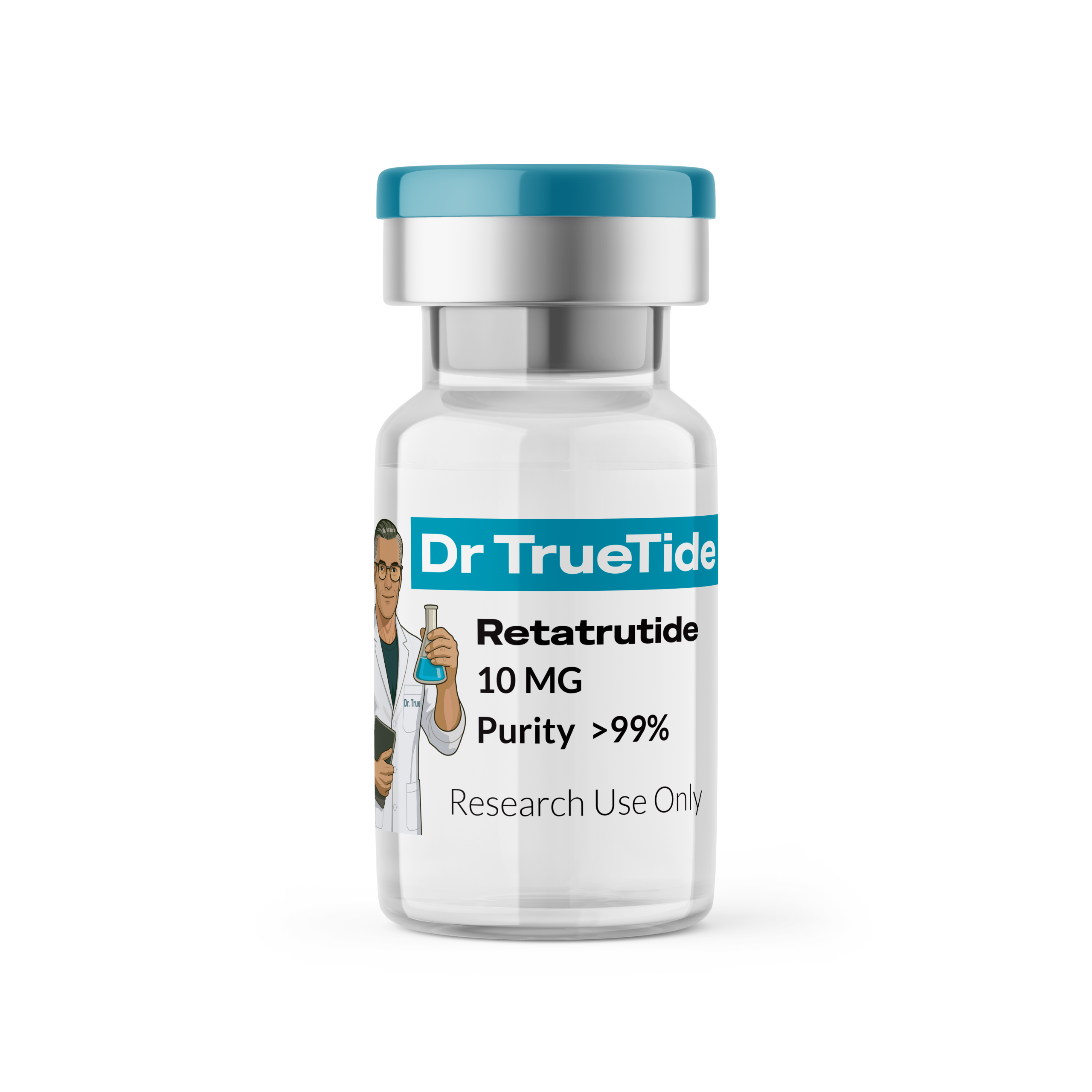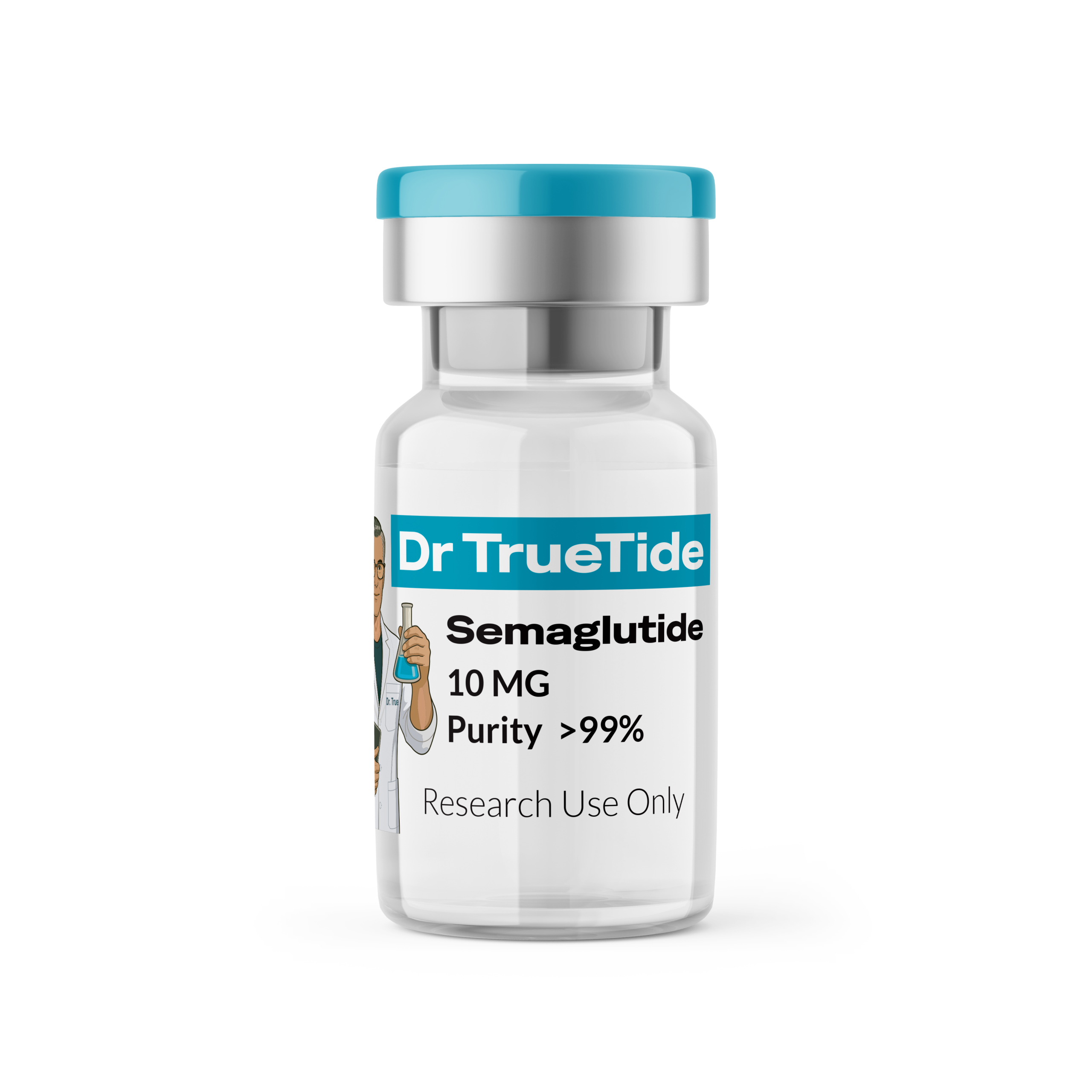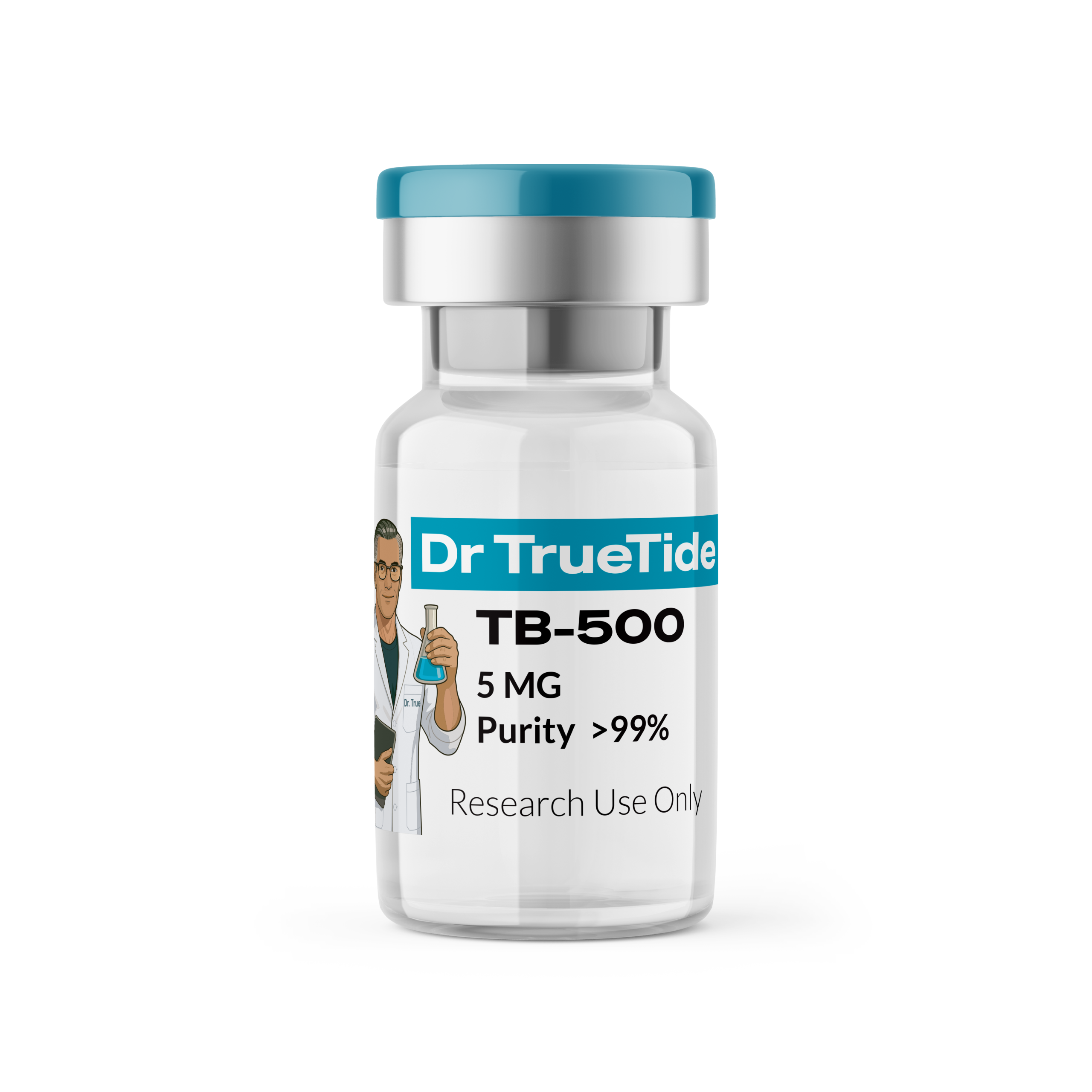BPC-157
Note: Peptides will arrive in a lyophilized (powder) form for maximum stability. BPC-157 is a synthetic 15-amino acid peptide widely studied for its profound regenerative and protective effects. Originally derived from a naturally occurring compound in human gastric juice, this stable fragment has demonstrated the ability to accelerate healing of soft tissue injuries, protect the gastrointestinal lining, promote neurovascular regeneration, and support organ recovery in preclinical studies. Its remarkable ability to influence multiple repair pathways across various systems makes BPC-157 a standout candidate in regenerative research and peptide pharmacology¹.
Cagrilintide
Note: Peptides will arrive in a lyophilized (powder) form for maximum stability. Cagrilintide is a long-acting peptide analog of the naturally occurring hormone amylin, designed to support weight management and metabolic regulation through powerful appetite suppression and delayed gastric emptying. By mimicking amylin, Cagrilintide increases the feeling of fullness, helps regulate post-meal glucose levels, and promotes steady fat loss. It has shown promising results in clinical research both as a standalone therapy and when combined with GLP-1 agonists like semaglutide, where the effects on weight loss and blood sugar control are even more pronounced¹². Cagrilintide is an advanced investigational tool in obesity and metabolic research, offering a complementary mechanism to other gut hormone–based peptides.
GHK-Cu Copper Peptide
Note: Peptides will arrive in a lyophilized (powder) form for maximum stability. GHK-Cu is a naturally occurring copper-binding peptide recognized for its remarkable regenerative effects on skin, hair, and connective tissues. Research has shown that GHK-Cu can stimulate collagen and elastin production, accelerate wound healing, reduce fine lines and wrinkles, promote hair growth, and even aid tissue repair across multiple organ systems. Its ability to naturally reactivate the body’s repair mechanisms makes it a cornerstone peptide in anti-aging, dermatological, and regenerative science¹.
GLOW
Note: Peptides will arrive in a lyophilized (powder) form for maximum stability. GLOW is a next-generation regenerative peptide formulation combining GHK-Cu (55 mg), TB‑500 (12 mg), and BPC‑157 (10 mg)—three of the most well-researched therapeutic peptides in the field of anti-aging and tissue regeneration. Together, they work synergistically to stimulate collagen production, accelerate wound healing, promote hair and skin rejuvenation, support vascular and nerve repair, reduce inflammation, and counteract fibrosis. By activating complementary cellular repair pathways, GLOW offers a multi-layered approach to longevity, helping the body maintain structural integrity, regenerate youthful function, and recover more effectively from age-related degeneration¹.
Melanotan 2
Note: Peptides will arrive in a lyophilized (powder) form for maximum stability. Melanotan II (MT-II) is a powerful research peptide originally developed to help the body produce melanin — the pigment responsible for tanning the skin — without the need for significant sun exposure. In addition to its skin-darkening effects, MT-II has demonstrated influence over appetite suppression and sexual function through its action on key melanocortin receptors. These multifaceted properties make it a compelling candidate for ongoing studies in fields ranging from dermatology and sexual health to metabolic and neurobehavioral science.
NAD+
Note: Peptides will arrive in a lyophilized (powder) form for maximum stability. NAD⁺ (nicotinamide adenine dinucleotide) is a naturally occurring molecule found in every cell of the body, playing a critical role in energy production, DNA repair, and cellular health. Often called the “cellular currency of vitality,” NAD⁺ fuels mitochondria—the body’s energy powerhouses—and activates key longevity enzymes known as sirtuins. Research has linked declining NAD⁺ levels with aging, fatigue, metabolic dysfunction, and neurodegeneration, while boosting NAD⁺ has shown promise in reversing cellular aging, improving energy metabolism, and supporting cognitive and cardiovascular health¹²³.
Retatrutide
Note: Peptides will arrive in a lyophilized (powder) form for maximum stability. Retatrutide is a next-generation peptide designed to target three key hormone receptors in the body—GLP-1, GIP, and glucagon receptors—simultaneously. By combining the benefits of appetite suppression, increased calorie burning, and enhanced insulin sensitivity, Retatrutide has demonstrated exceptional potential in research focused on obesity, type 2 diabetes, and metabolic liver conditions. In clinical studies, participants experienced profound weight loss and improved metabolic health, making it one of the most promising research compounds under investigation for full-spectrum metabolic support¹²³.
Semaglutide
Note: Peptides will arrive in a lyophilized (powder) form for maximum stability. Semaglutide is a glucagon-like peptide-1 (GLP-1) receptor agonist that has revolutionized the approach to metabolic health. It is best known for its powerful effects on weight loss, blood sugar regulation, and cardiovascular protection, but research has also revealed anti-inflammatory properties and emerging benefits for liver health, kidney function, and even neuroprotection. Originally developed to manage type 2 diabetes, semaglutide has become a leading candidate for broad-spectrum metabolic optimization, combining effectiveness with an excellent safety profile¹.
TB-500
Note: Peptides will arrive in a lyophilized (powder) form for maximum stability. TB-500 is a peptide fragment derived from thymosin beta-4, studied for its ability to accelerate healing, reduce inflammation, and promote regeneration of muscle, skin, and connective tissues. Known for its powerful effect on cell migration and tissue repair, TB-500 has become a leading compound in research exploring wound healing, tendon and ligament recovery, and cardiac regeneration. Its ability to regulate actin — a protein critical to cell movement — allows it to support recovery in areas with limited blood flow or structural damage, making it a key focus in regenerative medicine research¹.

